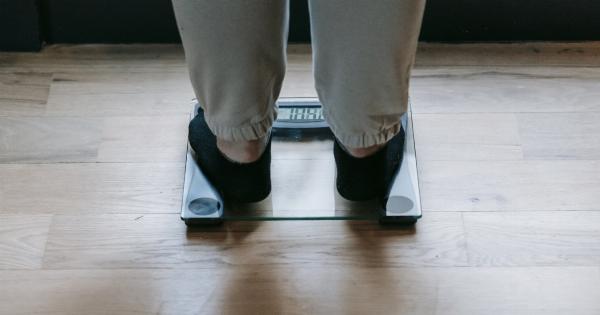Urinary incontinence is a common condition that affects millions of people around the world. It’s characterized by the involuntary leakage of urine, and it can be a source of embarrassment and frustration for those who suffer from it.
However, it’s important to know that there are plenty of solutions available to help you control your symptoms and manage your condition effectively. In this article, we’ll explore the causes, types, and treatments for urinary incontinence so that you can better understand how to manage your condition.
Causes of Urinary Incontinence
Urinary incontinence can be caused by a variety of factors, including:.
- Weak pelvic muscles
- Neurological disorders such as Parkinson’s disease and multiple sclerosis
- Enlarged prostate in men
- Chronic constipation
- Hormonal changes in women (such as menopause)
- Injury to the nerves that control urination
In some cases, certain medications can also cause urinary incontinence as a side effect.
It’s important to talk to your doctor about any medications you’re taking and any symptoms you’re experiencing to determine if there is a relationship between the two.
Types of Urinary Incontinence
There are several types of urinary incontinence, including:.
- Stress incontinence – leakage that occurs with physical activity, such as coughing, sneezing, or exercise
- Urge incontinence – leakage that occurs with a sudden, strong urge to urinate
- Mixed incontinence – a combination of stress and urge incontinence
- Overflow incontinence – leakage that occurs when the bladder is full and cannot empty properly
In some cases, urinary incontinence can be temporary, such as during pregnancy or after childbirth. In other cases, it may be a chronic condition that requires ongoing treatment and management.
Treatments for Urinary Incontinence
There are a variety of treatments available for urinary incontinence, depending on the type and severity of your symptoms. Some common treatments include:.
- Behavioral therapy – this involves making changes to your diet and lifestyle, such as avoiding certain foods and drinks that can irritate the bladder, practicing timed voiding (where you schedule trips to the bathroom), and doing pelvic floor exercises to strengthen the muscles that control urination.
- Medications – there are several medications that can be used to treat urinary incontinence, including anticholinergics (which help relax the bladder) and alpha blockers (which help relax the muscles in the prostate).
- Surgery – in some cases, surgery may be necessary to correct underlying issues that are contributing to your incontinence, such as an enlarged prostate or weakened pelvic muscles.
- Catheters – catheters are thin tubes that are inserted into the bladder to help drain urine. They are often used for people with overflow incontinence who cannot empty their bladder properly.
Managing Your Condition
If you’re living with urinary incontinence, there are several things you can do to manage your condition and minimize its impact on your life. Here are a few tips to help you get started:.
- Stay hydrated – drinking plenty of water can actually help reduce your risk of incontinence by keeping your bladder healthy and decreasing your risk of urinary tract infections.
- Avoid bladder irritants – certain foods and drinks, such as caffeine, alcohol, and spicy foods, can irritate the bladder and make incontinence worse. Try to avoid these triggers as much as possible.
- Stay active – regular exercise can help strengthen your pelvic muscles, which can improve your bladder control and reduce the frequency and severity of your symptoms.
- Practice good hygiene – if you are experiencing frequent leakage, make sure to wear absorbent pads or protective underwear to avoid embarrassment and maintain good hygiene.
Conclusion
Urinary incontinence can be a difficult condition to manage, but it’s important to know that there are plenty of solutions available to help you control your symptoms and improve your quality of life.
By understanding the causes, types, and treatments for urinary incontinence, you can work with your doctor to find the most appropriate treatment plan for your needs. Whether it’s through behavioral therapy, medication, surgery, or a combination of these approaches, there is hope for managing your condition effectively.





























